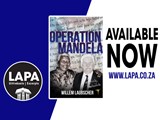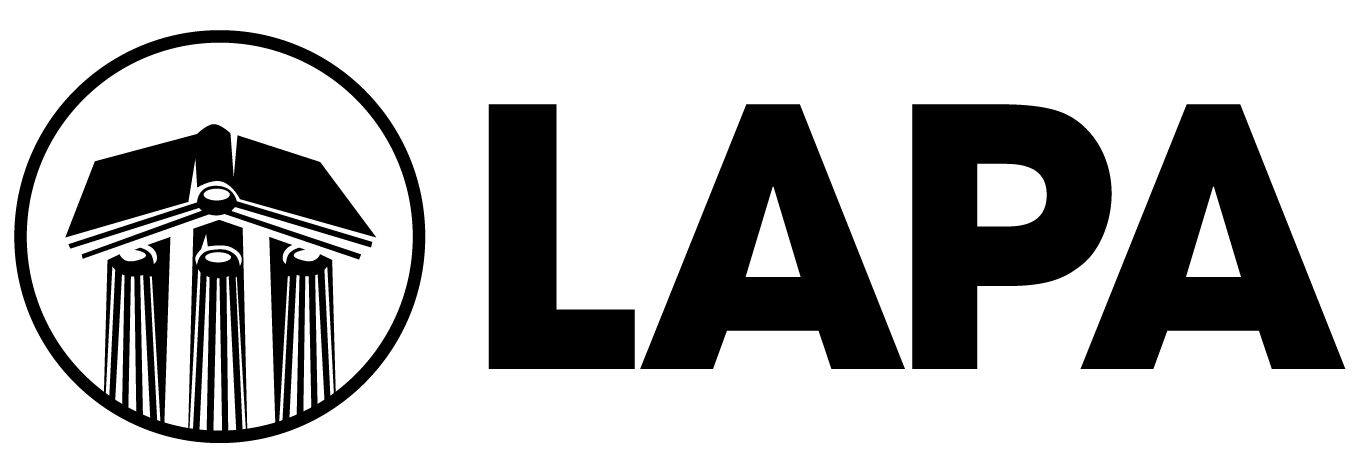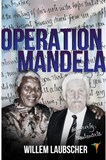Operation Mandela | Willem Laubscher

Introduction
Monday, 4 November 1985, was a cool and drizzly morning. While driving up Adderley Street, Cape Town, on my way to the Mount Nelson Hotel, I was greeted by the billboards of the daily newspaper, Die Burger, shouting “Afrikaanse dokter opereer Mandela” (Afrikaans-speaking doctor operates on Mandela).
At last the news was out, and a fascinating few months of intrigue behind the scenes had almost come to an end. The operation had been successfully completed the previous afternoon and the patient was doing very well. Months of speculation and playing hide and seek were now over. Never in my wildest dreams could I have imagined, some two years before, what was to happen after my first meeting with Nelson Mandela.
How it all began
That morning in August 1984 started as usual. Leaving home before 7 a.m., I visited various private hospitals, following up on my post-operative patients. Later that morning, I attended an outpatient clinic at a provincial hospital, where I held an appointment as a part-time consultant in Urology. Upon arrival at my private consulting rooms at 11 a.m., my secretary informed me that a Brigadier Munro, the Officer Commanding at Pollsmoor Prison, wished to speak to me.
Pollsmoor Prison was where the more important political prisoners were housed after transfer from Robben Island.
I returned his call, and was very surprised by his simple request. Would I be prepared to come to Pollsmoor to examine Nelson
Mandela? The patient had blood in his urine. Under normal circumstances, apart from the physical examination of a patient, it was my routine to personally do the microscopic examination of the urine in my rooms. With this in mind, I informed the Brigadier that it was far from ideal to see the patient in prison. I added that I would be happy to see the patient in my rooms where I could do the patient justice. I was then told that the patient was reluctant to be seen visiting doctors as rumours of ill-health could do harm to the cause.
With this, I regarded the matter as closed. I was not prepared to give the patient less than the best I was capable of giving. Little did I know that this would be the beginning of perhaps some of the most interesting and exciting times in my career.
Imagine my surprise when, three weeks later, I received a request for an appointment for Mr Mandela. Bearing in mind the need to avoid publicity, as well as the security requirements, I arranged to see him at 7.30 a.m. when very few people would be in the vicinity of the building that housed my practice.
Medipark, as the building was known, was situated on the Foreshore in Cape Town. The Foreshore being land that had been reclaimed from the sea in the 1930s with the object of enlarging and deepening the harbour precinct, part of which was called the Duncan Dock, after the Governor General of the Union of South Africa at the time, Sir Patrick Duncan.
Development of this land only started after World War II and, to this day, continues to provide space for the city to expand towards the sea. To the east of Medipark was the Nico Malan theatre complex, named after the Administrator of the Cape Province. Today it is known as the Artscape theatre complex.
Apart from the filling station, pharmacy and news agency, there were several other small businesses on the ground floor of the building. The next three floors were used for parking, while the fourth floor was occupied by the Western Province Blood Transfusion Service. Doctors’ consulting rooms took up the next six floors, while the eleventh floor housed the Medipark Clinic.
The clinic was originally meant to be a facility for same-day surgical cases. With four operating theatres, it was ideal for urology, ENT, as well as eye surgery. In time, it evolved to catering for more operations requiring four or five days of post-operative care. Today the building is still there, but hardly recognisable as it has become a showroom for prestige cars, such as BMW.
I was very surprised at the request for an appointment, especially since I had refused to visit him in prison. However, considering the following, it was not a coincidence that I was given a second chance to see the most important political prisoner in South Africa, if not in the world.
For many years, political prisoners were sent to my rooms with their urological problems. It is a well-known fact that male prisoners develop congestion of the prostate due to sexual inactivity. The prostatic secretions normally discharged during ejaculation tend to accumulate and produce various ill-defined symptoms, such as perineal discomfort and urinary frequency.
Later prisoners were seen in the regular outpatient clinic at Woodstock Hospital, where I held a part-time consultant appointment. It thus came to pass that I found myself in a position where I had to operate on Govan Mbeki and Walter Sisulu. Sisulu was first seen by a senior colleague who referred him to me as he did not want the extra stress of operating on a well-known political prisoner.
Before they became my patients, I was of course aware of both names, but had no idea of the important positions they held in the ANC. To me they were patients in need of my care and no more. I do remember on my evening rounds, I was satisfied with Mbeki’s condition and told him that he could go home the next day. After I said that I immediately realised that to him that meant going back to prison. Not a nice thought. As I made my way to the door he asked me to wait. He then proceeded to make a most erudite speech, thanking me for my kind attention and excellent operation result. I admit to feeling just a little embarrassed in front of the warder and ward sister, but also impressed by the upright bearing of this well-spoken, refined man.
Walter Sisulu also had a transurethral prostatectomy and, like Mbeki, had a smooth and uneventful recovery. While in hospital, we found Sisulu to be a very pleasant and gentle person unlike the dangerous terrorist he was made out to be. As someone remarked, he reminded her of a teddy bear.
A few years later, after parking my car in Medipark, I proceeded to the elevator foyer, when a small car driving past had a passenger frantically waving at me. When I hesitated he called out, “I am Walter, Walter Sisulu.” He was being taken back to prison and seemed very excited at seeing someone he knew outside of prison after all the years of incarceration.

